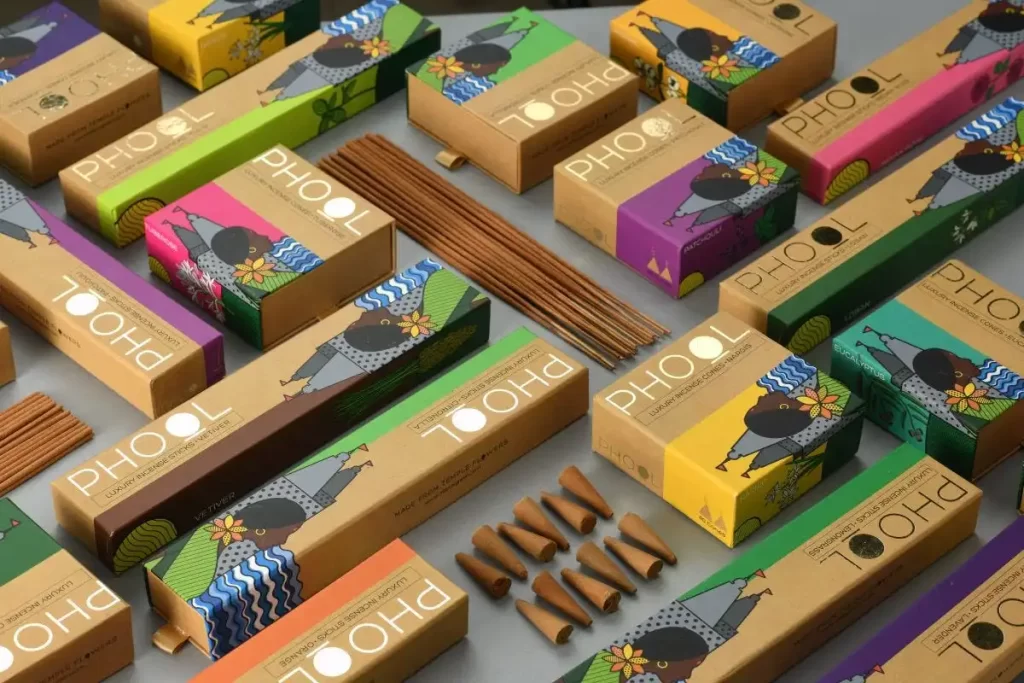#54 01.05.2023
Welcome to Performonks!
I wrote about Phool, a flower recycling startup, in 2020. Today, I share an updated thesis because I (still) find them fascinating!
I think they’re so cool because they’re solving a quintessential ‘Indian’ problem in an ‘Indian’ way – they collect and recycle temple prayer flowers to keep them from polluting the Ganges. Genius, right?
I think they have the potential to become not just a unicorn, but a beloved mental wellness brand for Gen Z.
How will that happen? Here’s what I think.
- The valuation logic
- Phool’s DNA
- Four pivots to get to a billion-dollar valuation:
- Make Florafoam their cash cow by targeting the e-commerce packaging industry, even if it means operating on lower margins. Not super glamorous, but it’ll bring in the big bucks.
- Scale Flowercycling Incense and essential oils through a franchise model – bring their circular economy model to the grassroots level. Think Grameen-Danone, but for flowercycling.
- Build a brand that future generations will love. Phool isn’t in the Incense sticks business, it’s in the ‘purification’ business.
- Get into luxury fashion with Fleather. They’ll need to seriously upskill, but it’s going to be worth it.
The valuation logic
Now, let’s talk numbers. To hit a billion-dollar valuation, Phool needs to make $100 million in annual revenue. That’s no small feat. In 2022, their revenue was $15 million, a 130% growth over the previous year and they’ve only raised $12.1 million since 2017.
So, what’s the valuation logic here? Since Phool have focused more on their incense sticks business, I looked at valuation multipliers for consumer goods startups. On average, consumer startups get valued at 3-5x their revenue. Fast-growing ones get a revenue multiple of 4-6x, while buzz-worthy ones can even hit 8-10x.
Since they’ve been frugal, profitable, and have delivered triple-digit growth, I’m going to assume a 10x multiple. Which means they need to hit that $100 million ARR mark to become a unicorn.
$15Mn to $100Mn is a 6.7x revenue jump. It’s not going to be easy, but they’re already doing some good stuff. I think it’s doable with some adjustments.
Before the adjustments. Two things that make Phool unique.
Phool’s DNA
First off, these guys are R&D experts and get their kicks out of inventing cool stuff. Ankit Agarwal (the founder) is an engineer. He has 17 patents to his name, and he’s all about creating new products and solving problems.
And that’s exactly what Phool’s done. They’ve launched three great inventions but with zero go-to-market synergies.
What they focus on most are incense sticks, essential oils and kits made from recycled flowers.
They also make “Fleather,” – vegan leather made from flowers.
And last but not least, they’ve come up with “Florafoam”- compostable packaging material that’s 30% cheaper than other packaging material.
All three have large total addressable markets (TAM). The question is where to play and how to win.
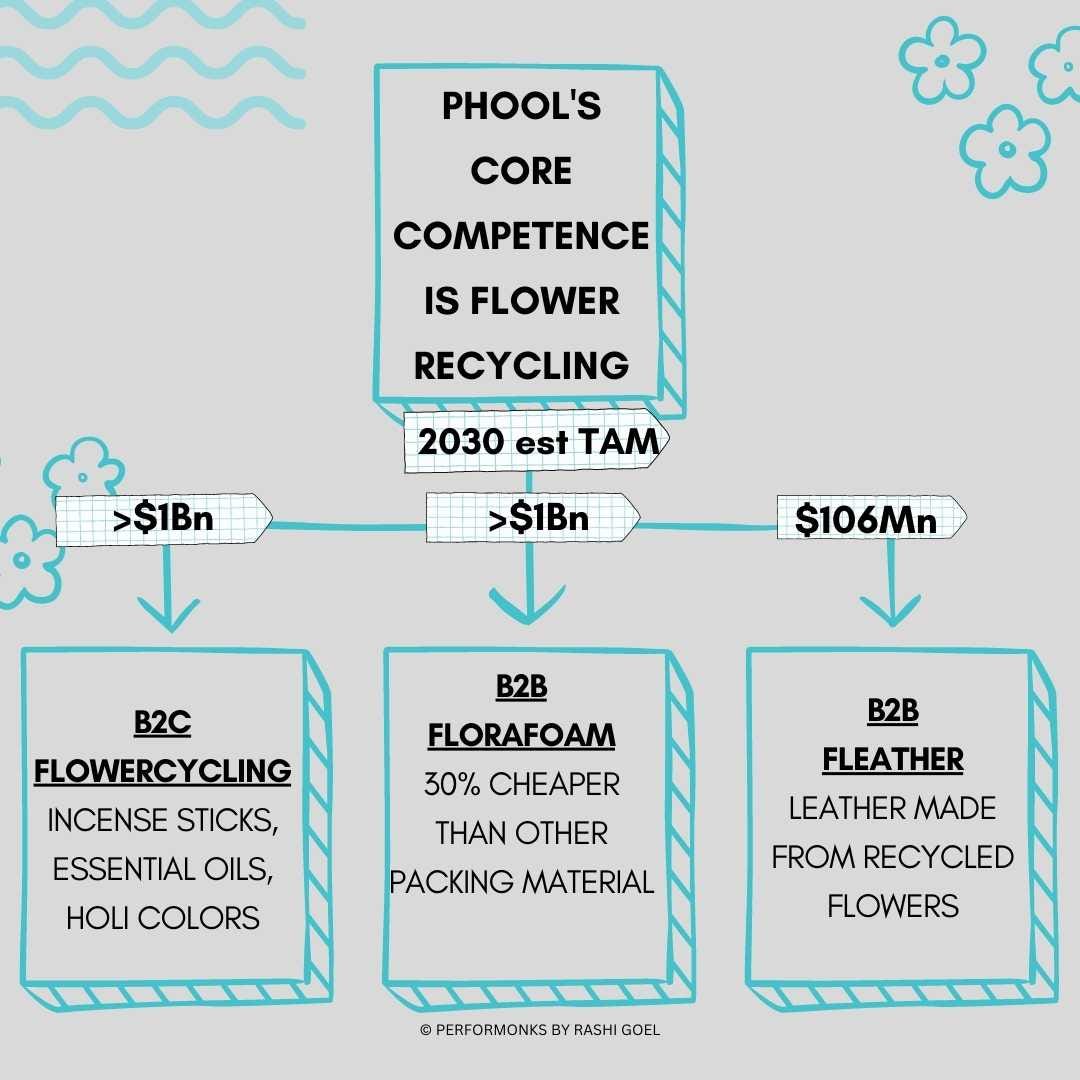
It’s clear that Phool’s strength is bio-recycling. If they can recycle flowers, surely they can recycle other bio-matter too. I would recommend they stay with flowers – they haven’t even scratched the surface – Phool collects 8 tons of flowers daily, against the 2 Mn tons offered daily all over India!
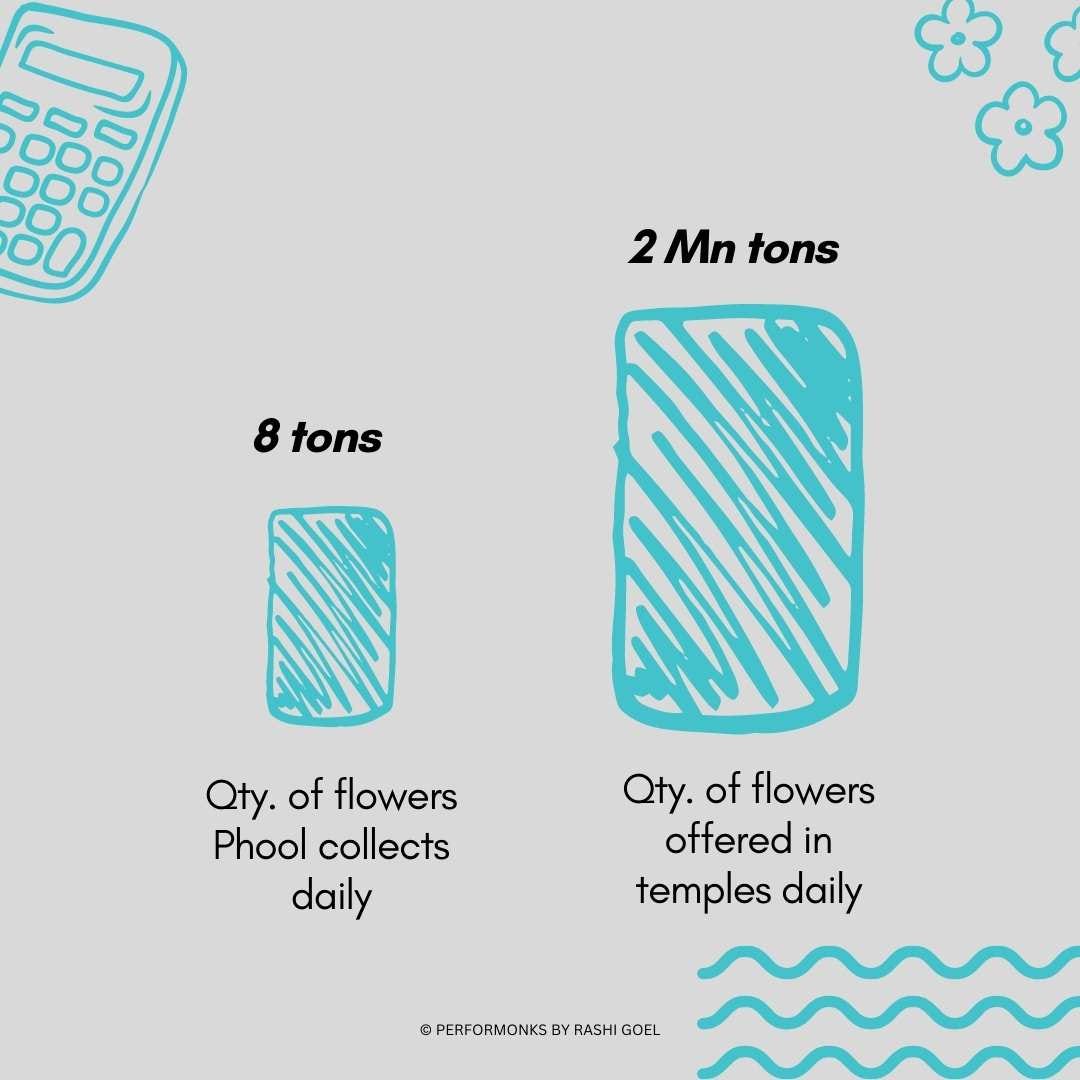
The second thing to keep in mind is that Phool is all about “purity”. They started with a mission to clean up the Ganges, and have evolved into something much bigger. They’re giving jobs to women who come from marginalized communities, especially those who used to do work that was considered “unclean” like cleaning toilets and removing waste from hospitals.
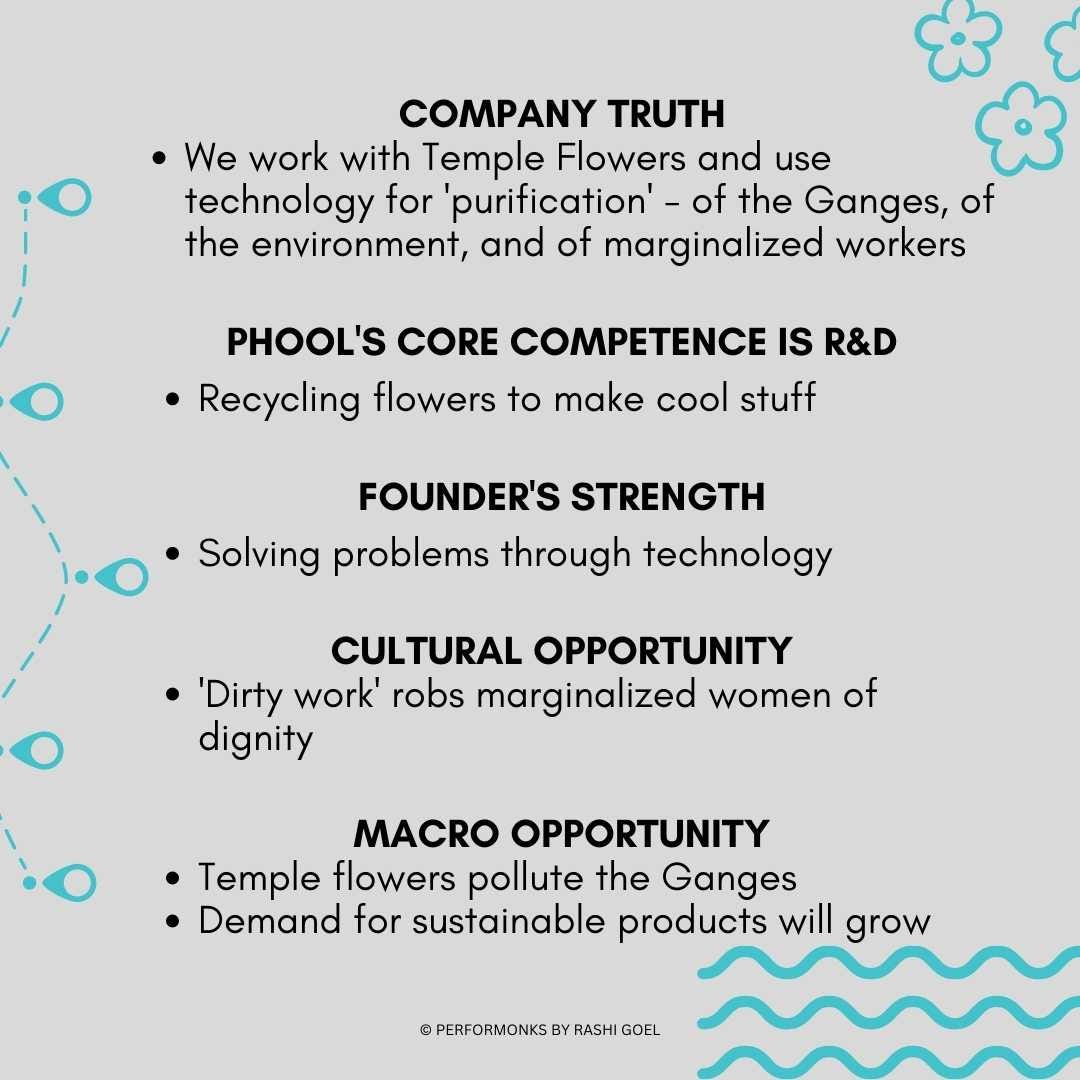
So how do they do this? Well, flowercycling is a pretty hands-on process. These women collect flowers, clean, sort, and turn them into incense. So working at Phool gives them social currency in three ways. One, it teaches them a monetisable skill. Two, it multiplies their income. And three, such is the power of religious belief in India that working with temple flowers gives them a metaphorical cleanse and lends them a halo of purity.
This brings us to the four pivots – from the commonsensical to the radical.
1. Sell Florafoam to e-commerce players
E-commerce players deliver several billion packages every year, all the while painfully conscious of the environmental impact of their packaging waste. As more smaller cities join the online shopping party, the demand for lower-cost, sturdy, but sustainable packaging solutions will only grow.
Phool should hire savvy business development professionals to help market Florafoam to e-commerce biggies and also work with R&D to tweak the product to e-commerce specifications.
The prize? The Indian e-commerce packaging market is expected to be upwards of $1Bn by 2030. If they pull in a hundred million in revenue (even with a low-profit margin), that’s still enough to keep the wheels turning on Phool’s grand plan.
Don’t forget, e-commerce packaging is just a start. The packaging materials market itself is muuuuch bigger at ~$19 Bn.
2. Become the grassroots Grameen-Danone of flower recycling
The incense market was $1Bn in 2022. With a $15Mn revenue, Phool has a 1.5% share after five years.
I think this is as high as Phool can go. The market’s crowded and price-sensitive. Competition is intense and they are already imitating Phool’s claims – zero sulfur, zero carbon, organic, etc. Phool’s premium pricing (Rs.4/- per stick, on average competition is at Rs.0.80) will not make it a large brand.
That’s why it needs a different business model.
Phool needs temple flowers to make anything. This limits their large production facilities to large temple towns. However, in a country with temples in every neighbourhood, this presents a bold opportunity to set up small flowercycling plants all over the country!
Phool can mimic the Grameen-Danone model (but for-profit). Danone partnered with Grameen bank in Bangladesh with the dual purpose of providing livelihoods while also bridging nutrition gaps. Grameen bank financed women who set up small units to produce and sell Shokti Doi – a nutritious fortified yogurt. While Danone helped with the technical know-how.
Phool could partner with a national bank and become the ‘Danone’ of flowercycling – provide production know-how, technical training, and brand license to marginalized women all over India.
This would help them scale rapidly and profitably, keep capital investments low, and also stay true to their DNA of providing livelihoods while recycling flowers.
Besides, Phool will need all of its larger manufacturing facilities for Florafoam and Fleather production.
3. Phool is not an incense brand, it is a purification brand
As Phool pivots to a master franchisee model, the brand becomes crucial.
Phool has already done a fantastic job of capturing the essence of India while staying modern.
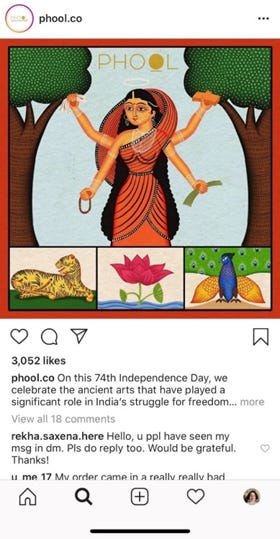
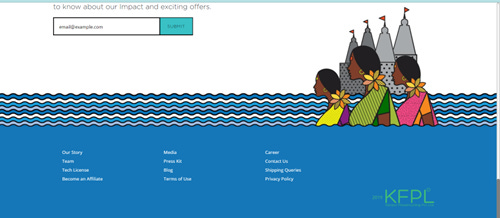
Its sharp product benefits clearly deliver on its promise of wellness and spirituality, and not religious rituals.

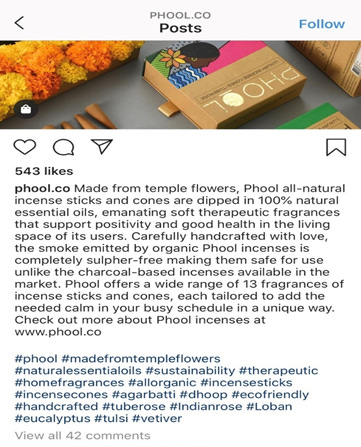
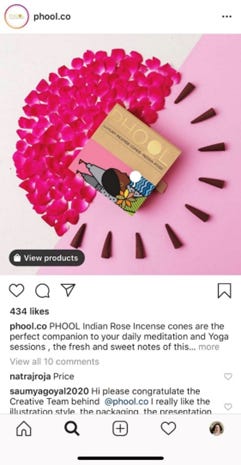
While Phool has managed to steer clear of any religious affiliations, as an incense brand, it runs the risk of declining as younger generations become less ritualistic. Various studies indicate that Indian youth are 1) getting less ritualistic but more spiritual, 2) more conscious of their mental health and overall wellness.
Incense sticks for my parent’s generation have been a part of religious rituals. But for future generations, incense and essential oils will be fragrant accompaniments to wellness practices and daily lifestyle – meditation, yoga, studying, and home decor.
As such, Phool needs to embrace its origin DNA and highlight its fragrance stories with purity and wellness benefits to appeal to this new generation of consumers. (Phool is already focusing on wellness at a functional benefit level, but it needs to dial up the emotional quotient of purity).
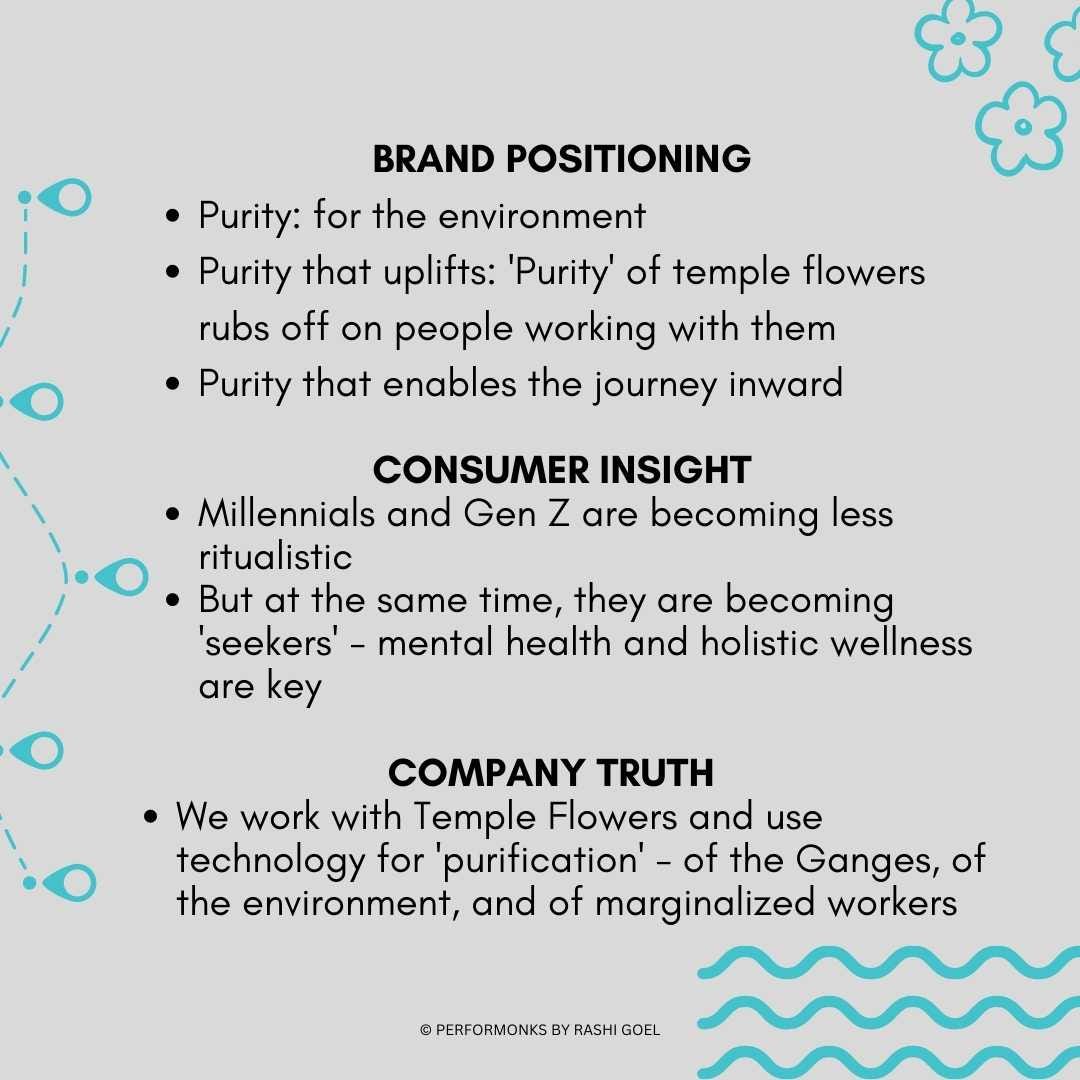
4. Phool can scale Fleather by making it the best vegan leather option in the market
Phool’s vegan leather, Fleather, presents a lucrative opportunity to tap into the $106 million global vegan leather market. Phool is already in partnership with Tommy Hilfiger’s parent company PVH Corporation to supply Fleather.
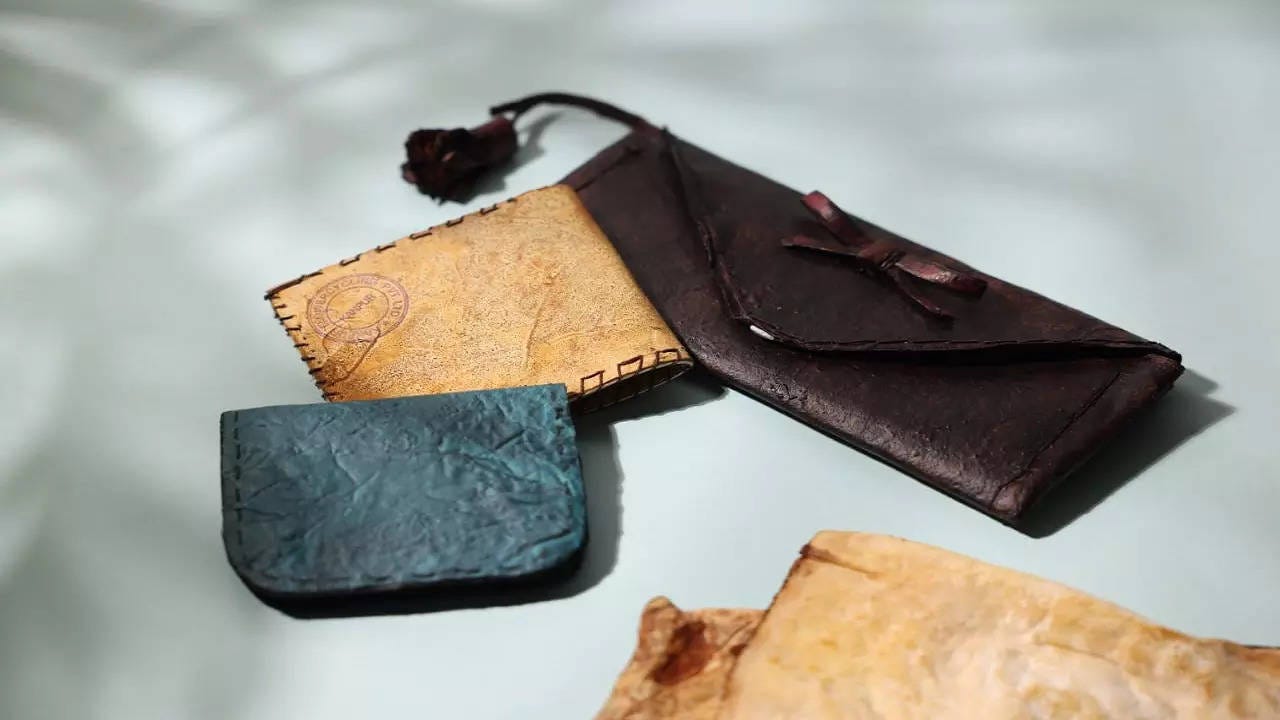
The leather market is much much larger. It was $243 Bn in 2022 and is expected to grow at a CAGR of 6.6% till 2030. The vegan leather market is much smaller right now because its technology is still nascent.
Fashion houses are experimenting with vegan leather made from pineapple, fish skin, plant waste and plastic polymer. Faux leather made from plastic polymer carries environmental risks as well. While bio-leather is more environmentally friendly. But fashion houses and consumers still need to buy into bio-leather, which has variations in durability and does not ‘feel’ as much like leather as they would like.
This is an opportunity for Phool, as the only worldwide producer of Fleather. Could they work closely with fashion houses to continuously refine the product and make it the best of the best? Worth attempting as this plays to Phool’s strength.
Now comes the radical part.
Unknown to most of us, models sashaying down Paris and Milan runways are often wearing fashion produced in India. Thousands of highly skilled Indian artisans hand stitch, embroider and sew luxury fashion in ateliers of Bombay.
If Phool manages to ace the vegan leather game, they could venture further up the value chain to become an atelier for key fashion brands. For this, they will have to hire skilled artisans or even better, get skilled artisans to train marginalized workers.
TL:DR
Phool should double down on its R&D strengths and focus on making
- the best-ever affordable packaging material (at scale) that no e-commerce player in their right mind will say no to,
- the best-ever vegan leather that fashion houses will kill to have,
- a flowercycling incense technology as easy to transfer and assemble as Lego,
- the founders and adults on the board will have to balance the timing of raising capital to scale production while in parallel landing big orders to soak up the scaled capacity.
I would love to hear your views and pushbacks in the comments section.
Resources:
- https://startuptalky.com/phool-success-story/
- https://www.forbesindia.com/article/startups/exclusive-indias-first-biomaterial-startup-phoolco-raises-8-million-in-series-a-funding/75005/1
- https://thehardcopy.co/phool-breaks-brand-and-design-stereotypes/
- A short video on Phool
- Size of Incense Industry
- Temple flower competition heats up and headroom
- Indian e-commerce packaging market size
- Global Vegan Leather Market Size
- Grameen-Danone Shokti Doi
- Phool and PVB
- Vegan leather sustainability
- Youth are spiritual but less ritualistic
